I think Xiaomi should have worked hard for this conference. No one is better than heaven. No one expected that 2020 will be so difficult.
Speaking of the Xiaomi 10 series, not only Xiaomi’s tenth-generation digital flagship, but also how Xiaomi has come in the past ten years. People always have a certain preference for the number “10”. This is the first number that jumps from single digits to double digits. It also contains the perfect meaning of “perfect and perfect.” It is conceivable that there must be some breakthroughs in the product.
Xiaomi 10 series may be the most bucket-like generation of Xiaomi digital series, and Xiaomi 10 Pro may be the model that Xiaomi has piled up the most.
Sandwich cookies with curved screen and curved glass
As previously exposed, Xiaomi Mi 10 Pro has a hyperboloid screen, and the back is a four-curved AG frosted glass. It feels quite smooth and comfortable to the touch. The whole is not easy to stain fingerprints, of course, there will still be a little trace, and it will be slightly conspicuous under this blue panel.

In terms of feel, I don’t know if Xiaomi 10 Pro should be called a “familiar stranger.” This design has not only been popular for a while last year, but even Xiaomi has done it, so I’m taking it for the feel. There have been certain expectations before.
To be honest, the feel brought by the hyperboloid design is much the same. It is a bit like a sandwich biscuit that wraps the components inside along the rounded edge. All of this is to reduce the thickness of the body. cameraThe light sensor makes room. These are familiar experiences. Only the single speaker opening on the top seems a little strange.
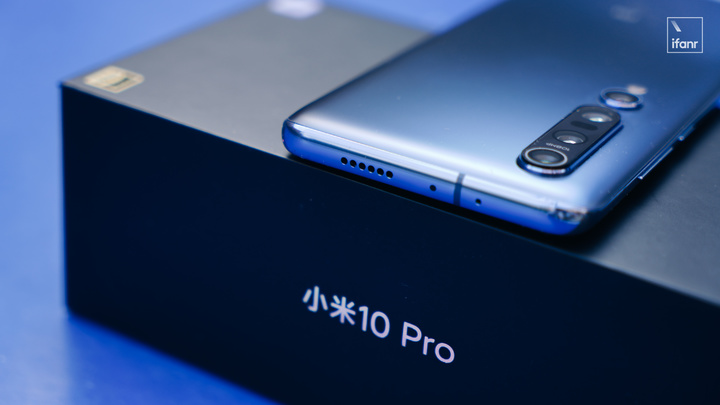
Here I want to highlight Xiaomi ’s dual speakers. Dual speakers are not a rare thing. Many of the flagship products I have have dual speaker functions, but there are also big differences. For example, most models use the sound of the earpiece to act as the top speaker. There are also sounds inside the upper part of the fuselage like Samsung Note10 +.
Xiaomi 10 Pro has a speaker with the same specifications as the bottom plugged in directly at the top, which keeps the balance of sound size and quality of the dual speakers to the greatest extent. I have compared it myself. Most of the mobile phones on hand can close the eyes and feel the difference between the sound of the earpiece and the bottom speaker. Xiaomi Mi 10 Pro really depends on it.
In addition, the sound quality is also very good. Perhaps it is the reason for the more balanced stereo. The creation of a sense of space is the best I have experienced recently. Although I am still accustomed to speakers with better sound quality or better privacy headphones, the better quality of the amplifier is still a very exciting point.

The horizontal linear motor is one of the new highlights of Xiaomi 9 Pro last year, and it has been used naturally on Xiaomi 10 Pro, except that the horizontal linear motor of Xiaomi 10 Pro has been replaced with a long one instead of Xiaomi 9. The square motor on the Pro.
It is also much more mature than the Xiaomi 9 Pro from the calibration. For example, there will be two vibrations during fingerprint unlocking, one vibration when starting to identify, and one vibration when unlocking is successful. The two vibration feelings, one weak and one strong, are not the same, but a gradual process from recognition to unlocking is created through the change in vibration intensity.
There is no 2K resolution and 120Hz, but the brightness and color accuracy are both pleasant surprises.
When the Xiaomi Mi 9 Pro 5G was released last year, the concept of “primary color screen” was launched, that is, the color calibration of each screen on the scene was individually adjusted to minimize the individual differences of the screen to achieve a uniform color display. The concept of this primary color screen also extends to the Xiaomi Mi 10 Pro, and goes a step further in the standard.
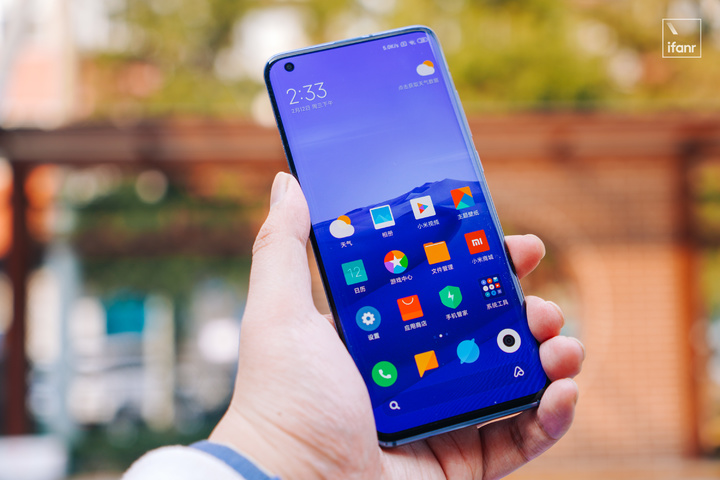
In terms of color tuning, the official standards of JNCD <0.55 and ΔE <1.1 may be the phones with the highest absolute color standard requirements on the market. Of course, this primary color display needs to be switched in color style. From a personal perspective, I think adaptive and warm color temperature is good. The primary color display is still left to professional users such as designers. I generally do n’t use it.
If you look at the personal experience, the biggest improvement on the screen of Xiaomi 10 Pro comes from the brightness. After using the E3 luminescent material, the excited brightness of Xiaomi 10 Pro reaches 800 nits, and the peak brightness reaches 1200 nits. It’s too violent, but it can still maintain a bright look in direct sunlight. It must be a good thing.
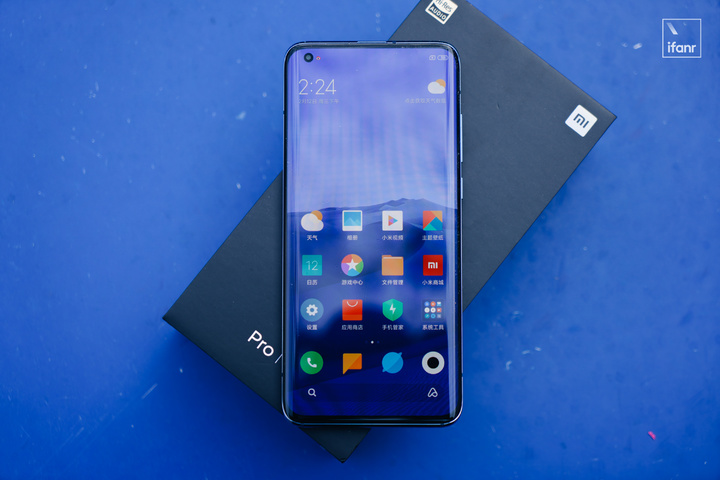
It is worth mentioning that, perhaps due to the significant increase in brightness brought by the E3 luminescent material, it seems to have directly affected the original rough automatic brightness adjustment of the Android phone camp. Xiaomi Mi 10 Pro enhanced the automatic brightness from the original 1024 level to 4096 level, and added a light sensor next to the infrared sensor on the back of the fuselage.
We may all have encountered such a scenario. When the mobile phone is facing away from the light, such as the TV is playing in front, and then there are light sources such as a desk lamp, sometimes the mobile phone may not be able to cope with the complex light environment and the screen is too dark Or too bright. The solution is that the algorithm for automatic brightness adjustment is very good, like the iPhone and Pixel, and adding a light sensor behind it is a typical hardware solution of Xiaomi.
From the actual experience, you can indeed feel that you will manually adjust the brightness bar less than before, but it is still a little less than the “just right” iPhone, and it is generally a little less bright, so I feel that subsequent algorithms can be slightly more aggressive.
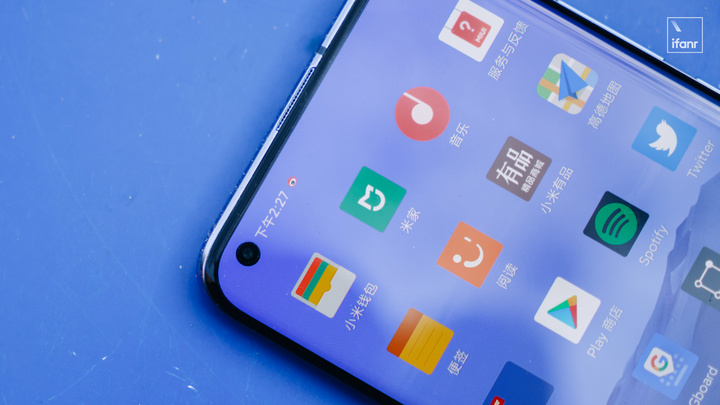
This piece of Xiaomi 10 ProThe screen size of the 6.67-inch digging hyperboloid screen may be because it is known that the curved screen is not good for filming, and this one has a higher price, so Xiaomi brought its own factory film for the first time. It’s a pity that the specifications of the screen have not been stacked to the highest specifications on the market. Xiaomi Mi 10 Pro uses a 2340 × 1080 resolution and a 90Hz Samsung AMOLED screen. There is no 120K resolution without 2K resolution. This is my opinion. Sorry place.
Compared to the hidden features, some explicit specifications are not only easier to cooperate with marketing, but also have immediate effects. For example, the effect brought by 2K screen + high refresh rate is immediately visible to the naked eye, but more High-standard color performance requires a few generations of products to accumulate word-of-mouth, and at the same time requires professional institutions to carry out auxiliary demonstrations, which is a gradual process.

After several “iteration wars”, the fingerprint competition under the screen seems to be finally able to breathe a breath in 2020. Although Xiaomi did not mention the fingerprint part under the screen, it still uses ultra-thin optical Under the screen fingerprint, Xiaomi also updated a screen fingerprint unlock animation, which is very smooth with a good vibration effect experience.
Recalling the performance of the original fingerprint on the screen of Xiaomi Mi 8 Explorer Edition, now I can even blindly interpret the latest fingerprint on the screen.
This year’s flagship standard Snapdragon 865 and LPDDR5
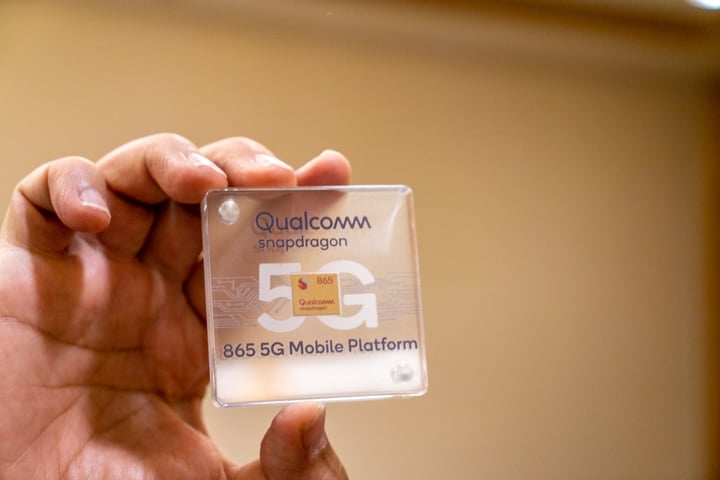
Snapdragon 865 is arguably the least suspicious part of this phone, and perhaps the most boring part.
Even so, we still can’t escape the discussion of SoC and performance. Its importance is still there, but it is gradually being diluted by more features. It ’s like a healthy person has a healthy heart. You may like all aspects of a person ’s appearance, body, family history, etc., but these are built on a healthy body, and because of SoC performance You have also seen the “little horse cart” caused by the shortage.
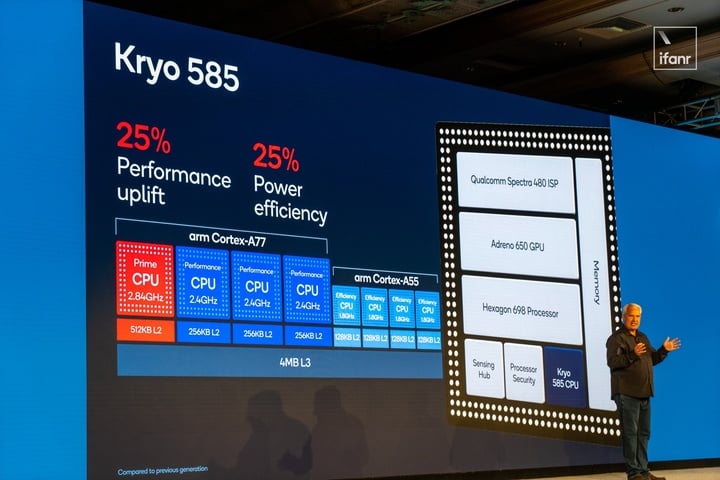
Considering that this is the first model to adopt the Snapdragon 865, here are some basic specifications of the Snapdragon 865. The first is that the CPU architecture is upgraded to the new Kryo 585 architecture, but it is essentially the Cortex-A77 architecture of ARM. Compared with last year’s Snapdragon 855, it has a 25% performance improvement and a 25% power consumption reduction.
The GPU is upgraded to Adreno 650, or the 6 series shows that there are no fundamental changes in the architecture. The overall improvement is a small improvement, which increases the scale and frequency and introduces some new features, such as introducing the end for developers. Tour-level lighting and post-processing features, and the new Game Color Plus feature can bring better HDR effects. Overall performance is also increased by 25%, while power consumption is reduced by 35%.
Xiaomi Mi 10 series also released the first LPDDR5 memory produced by Micron, with a speed of 5500 Mbps. According to Xiaomi, the performance can be improved by up to 50%, but the numbers are finally numbers. It does n’t make much sense to see that this year ’s flagship will come standard with LPDDR5. It ’s obvious that the whole will be faster. In addition, the Xiaomi Mi 10 series also comes with UFS 3.0 flash memory as standard.

Because the system is still in beta, it does not represent final performance. I ran GeekBench 5, 3DMark and AnTuTu as the basic reference points.
Xiaomi 10 Pro is also a 5G mobile phone, which supports SA + NSA dual-module network, and also supports multiple frequency bands n1, n3, n41, n78, and n79. The Xiaomi Mi 10 series also added support for Wi-Fi 6, which can perfectly support the Wi-Fi 6 router released at the conference.
100 million pixel output is finally no longer waiting long
The camera part of Xiaomi 10 Pro is also worth mentioning. It basically adopts the same configuration as Xiaomi CC9 Pro, removes the previous independent macro lens and replaces it with a super wide-angle macro.
Specifically: a 100-megapixel main camera lens + a 20-megapixel ultra-wide-angle lens + a 12-megapixel double portrait lens + an equivalent 5-megapixel five-time optical variable lens. The front camera is 20 million pixels.
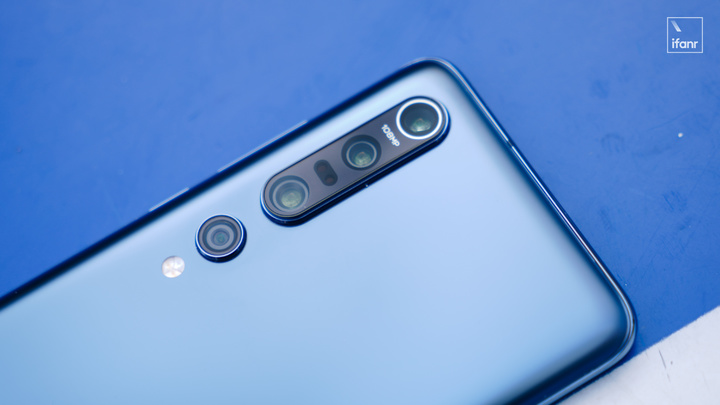
After a few months of experience, the industry has basically reached a consensus on Samsung ’s 100-megapixel CMOS. There is no problem in terms of picture quality. It belongs to the top level performance on the market, but specific to the experience model On the other hand, there are phenomena such as too long generation time, and multi-camera switching is easy to freeze. After replacing the new Snapdragon 865 flagship processor and ISP, the throughput performance is no longer the bottleneck of 100 million pixels.
The actual performance is that in the 108mp full-size output straight-out mode, the background processing time of the photo has been greatly reduced compared to the previous one. I feel that the processing time has been shortened to about a quarter. Acceptably, the shortcomings in the photo experience have finally been made up.
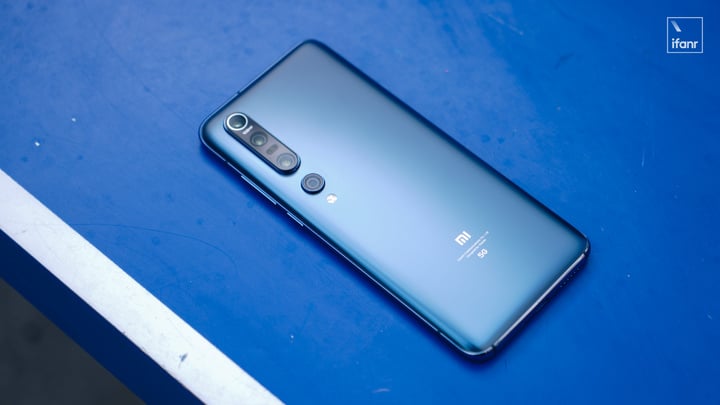
The reduction in processing time is directly related to the frequency of use, especially in the 108mp mode. Because there is no “fuel and vinegar” for HDR and AI, it is a relatively pure and stable camera mode. If you want more natural picture processing, the quality is also good enough. Photo actually 10The 8mp mode is a good choice. Basically, it can replace the 4-in-1 mode when taking photos during the day, and personally feel that the quality is improved compared to the previous one.
Portrait mode, super wide-angle and telephoto lens performance can basically be applied to previous experience. Multi-camera collaboration still has obvious differences in exposure processing and color temperature. The full-focus zoom experience has greatly improved, but there is still room for improvement.
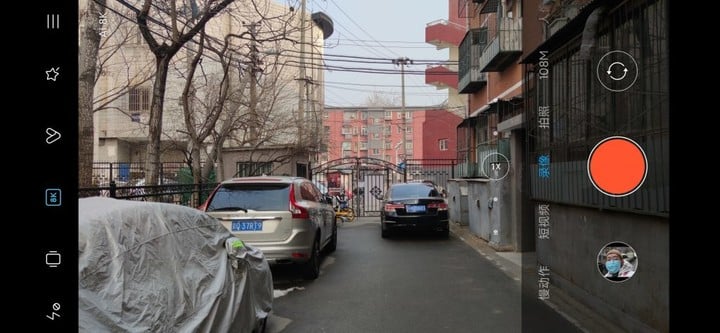
▲ “AI 8K” in the upper left corner
Xiaomi also advertised on the social network that it can shoot 8K videos. Xiaomi 10 Pro can indeed shoot 8K videos, but there are some subtleties. After turning on this function, you can see in the upper left corner that “AI 8K” is written. The staff told me that Xiaomi 10 Pro natively supports 6K video recording, and then calculates to 8K through AI.

▲ AI 8K recording screenshot

▲ 8K video 100% screenshot
But 8K is just an unrealistic number for many people. At present, it is not practical, and it can only record for 6 minutes in a row. The limitation is very large, and it is still early adopters.
Xiaomi 10 series also supports HEIFFormat, this format has been used for a long time in iPhone, Samsung also supports it. The feature is more efficient compression, which can reduce the volume by about 50% compared to JPEG. However, many apps still have problems with the format support, such as wrong orientation, etc., but it is very helpful to alleviate the huge volume of 100 million pixels full-size photos.
Main photo proof:


▲ 100% screenshot


Portrait mode portrait:

Super wide-angle proofs:
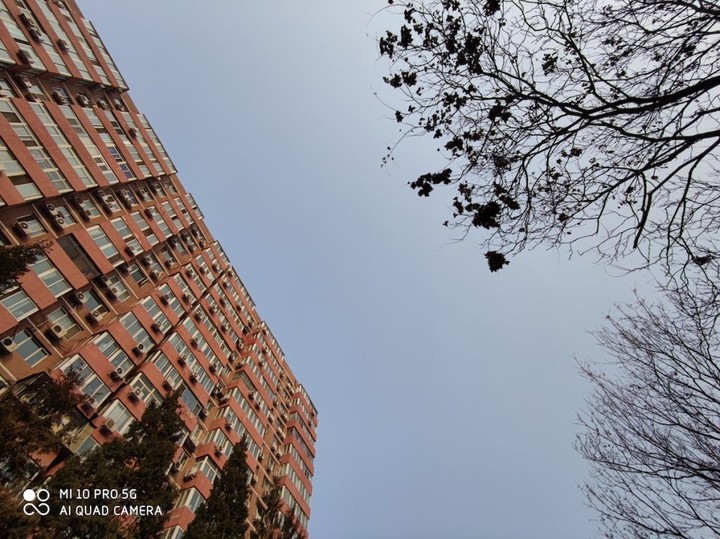
Five times equivalent optical zoom contrast:
 < / p>
< / p>
▲ Main photo
 < / p>
< / p>
▲ Telephoto end
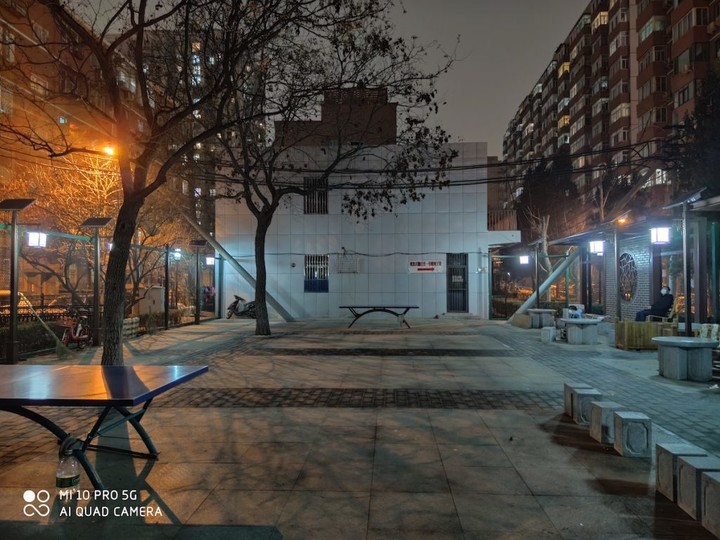
▲ Super night view
I feel that in the night scene, the effect of the 4-in-1 mode under non-limiting brightness is also very good. The super night scene’s HDR effect will be better, but the overall brightness has not widened.
Due to the bad weather, the limited scope of recent activities, and the system in a beta version, the proofs have only a certain reference significance. If you have the opportunity, you will take more proofs and share them on Aifaner ’s official Weibo. .
Xiaomi 10 Pro is not equipped with 66W fast charge as the first exposure, the actual exact power is 50W, but a charging head labeled 65W is included randomly, and the highest grade of the small print at the back reaches 11V 6A, that is, Up to 66W. From my personal point of view, Xiaomi may initially consider to allow Xiaomi 10 Pro to support higher power fast charging, but in the end, it may be a more secure 50W after measuring the power loss and temperature. This is also the current single The highest charging power achieved by the cell design.

As before, this fast charging head is still equipped with a USB-A interface, but after Xiaomi Magic Modification, besides Xiaomi ’s fast charging protocol, it also supports the PD protocol, and the power of 65W can be very good. Adapt to notebooks that support PD charging.
In actual tests, Xiaomi 10 Pro took 48 minutes from 0% to 100%, which is almost the same as the official time. In fact, I originally expected that Xiaomi 10 Pro could reduce the charging time to less than 40 minutes. If the highest-grade 66W of the charging head can be used, it should be promising. In terms of battery life, I feel that the current test version is a bit fast in standby power down, and I hope to optimize it later.
This may be the new starting point for Xiaomi’s digital flagship
After experiencing Xiaomi Mi 10 Pro, I have a general outline of how I feel about this phone. Other than not stacking the screen resolutions at 2K, from other configurations, I didn’t feel that it was worthy of my vomiting. Instead, I felt that it fit my usage habits.
But again, the flash point of this phone also needs to feel the excavation slowly. Perhaps 100 million pixels is still a point worth digging deeper, but after integrating all the long boards in the past, I still I hope that Xiaomi Mi 10 Pro can have a self-breaking point, a point that can overpower the heroes and have deep roots.

The times have changed, and Xiaomi ’s digital series has actually changed a lot today. In the past, a flagship SoC could be used as a longboard. The fierce competition in the Red Sea has developed to this day. It is the flagship SoC, and there is no short board, longer long board, innovation, and scientific and humanistic thinking …
This also forces Xiaomi to gradually supplement the areas where it is not good at from the past partial student type, from the previous thinking of only core configuration and cost performance, to think more about “What features do the public like? “What features can I provide?” If last year was still hesitant and still fighting for it, then this year Xiaomi may have become more determined to abandon the original line.
Compared with last year’s Xiaomi 9 and Xiaomi 9 Pro, in fact, the Xiaomi 10 series has taken a big step forward, and this may be a new starting point for Xiaomi’s digital flagship series.